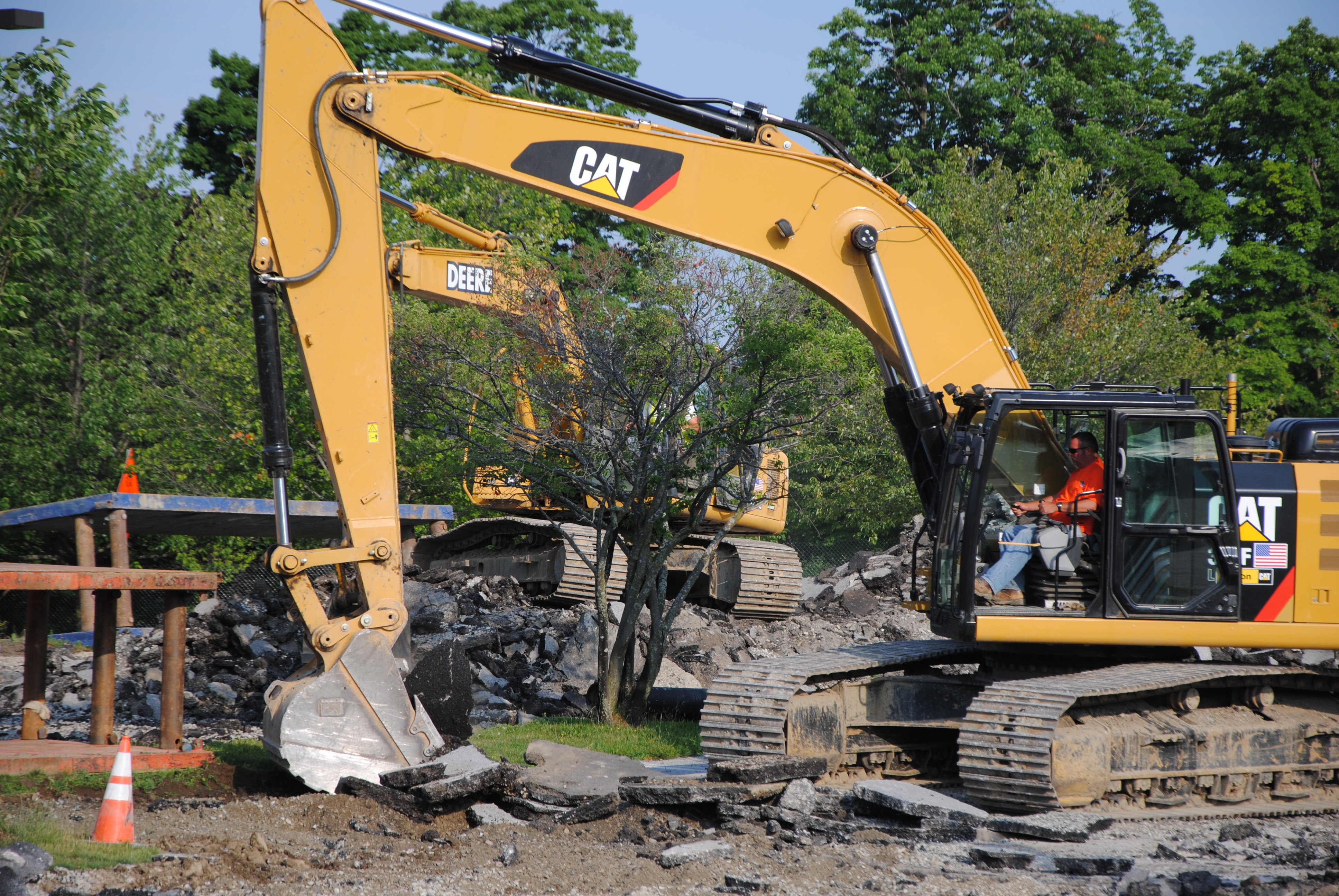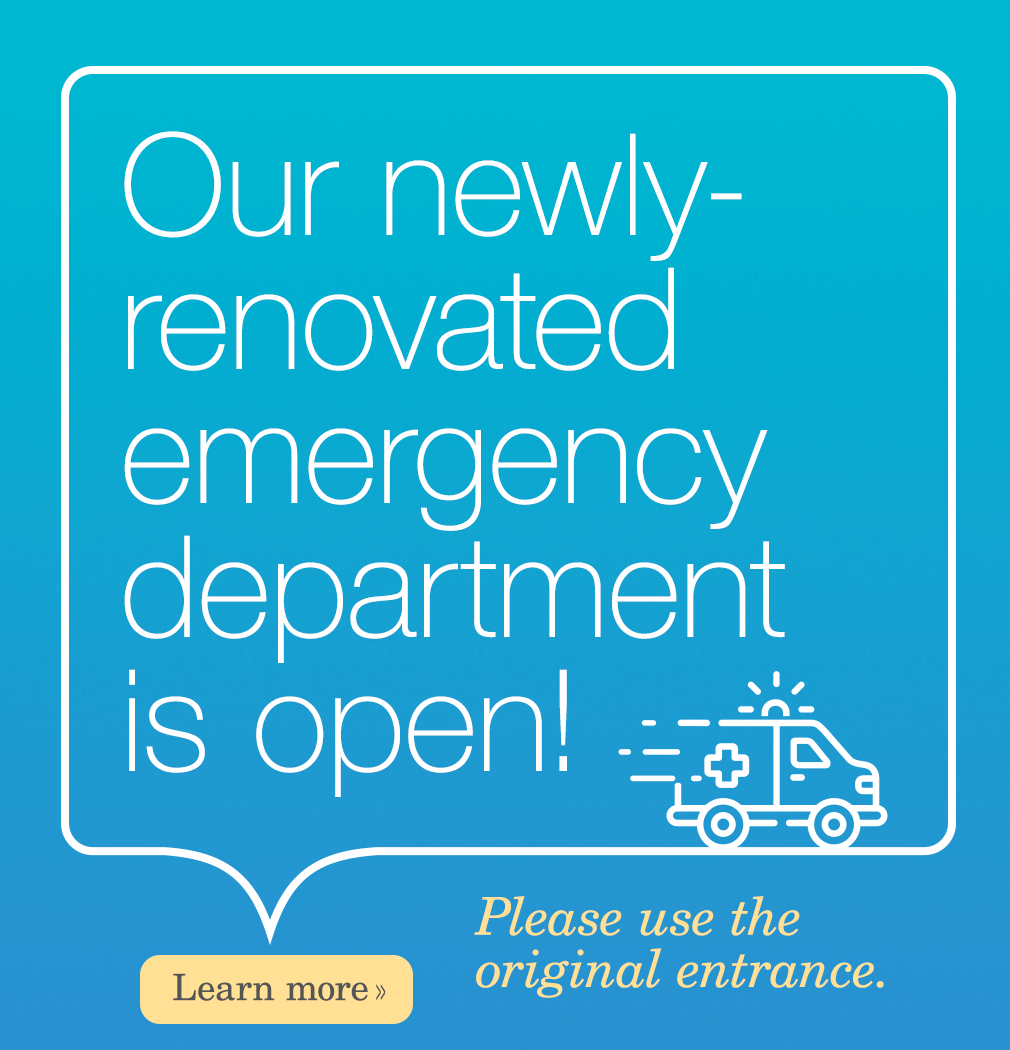

Is NMC Reusing & Repurposing Materials from Renovated Areas?
Yes we are. This topic was raised in a recent letter to the editor in the St. Albans Messenger and I appreciate the author’s (Mr. Trombley’s) hope that NMC would be making wise decisions about what could be saved from the areas of the hospital which will either be demolished or renovated during our project. I am pleased to report that the NMC team is indeed being attentive to opportunities to reuse or repurpose materials from within these areas.
As we move practices and services from their current spaces to their temporary locations to clear areas for construction, our Facilities staff is working with the staff in those areas to determine what can be moved to the new location, what can be saved for future use, what can removed and either sold or donated, and what would be too challenging or too expensive to try and save given our timelines and resources. For example, many of the moveable fixtures were taken off the walls when we moved Northwestern Cardiology and Northwestern Pulmonology and re-installed in their new temporary location in Suite 10 at Doctors Office Common. Other items are being salvaged for other uses: light fixtures, doors, signage, countertops, etc. The built-in cabinetry in the vacated Cardiology and Pulmonology space is indeed still serviceable. While it will not fit in the new spaces being created, it can still be of service elsewhere. Our current plan is to have that cabinetry removed intact so it can be stored temporarily as we identify a proper home for it. The options NMC has pursued for similar items in the past have included items being reused elsewhere within our organization, items sold to a salvage vendor or contractor at a reasonable rate for reuse in one of their projects, or items donated to a community partner for either reuse or resale. In some of our previous projects, area schools and local non-profits have been able to make use of furniture which no longer worked within our spaces but which still had useful life for the right sized setting. Other times, NMC has donated items and materials to the Franklin Grand Isle Habitat for Humanity effort. They have a warehouse for such materials and even hold sales of materials throughout the year to help raise money for their housing projects. To learn more about this wonderful organization (and their warehouse sales), visit them online at https://www.franklingrandislehabitat.org/home.html. We have even donated supplies and equipment to third world countries, supporting staff and community members’ mission work. One of the items that the author (Mr. Trombley) mentioned was ceiling tiles. That was not an item we had planned to salvage, as within the hospital setting, any tile that has a nick or ding in it has to be taken out of service (issues relating to infection control and fire safety). It can be challenging to remove the tiles we use from their grids without damaging them. However, our team will take another look at how we might efficiently save them for possible reuse (either by us or by another organization). We appreciate that suggestion!
This spirit of reuse and repurposing has even extended outside our building. Our landscaper has already relocated a number of plantings from the front of the hospital in anticipation of construction. Plans (which were suggested by staff and volunteers) are coming together for a local master gardener to remove additional plantings immediately prior to construction at the front. While we are not able to save all the plants and trees, I am pleased with the effort being made to save what is practical. You may remember that during the Crest Road project, we had to remove a pair of Black Walnuts from campus. The wood from those trees was saved and will be used in this project and those trees have been replaced on campus.
I was pleased to see the author of the letter (Mr. Trombley) call on NMC to make sure we are indeed working with groups like Habitat (as we do) as it reinforces that our approach of being deeply rooted in our community and being mindful of minimizing waste is the right one. I believe this attention to being good stewards of our resources is part of the mindset which has enabled NMC to have the lowest cumulative rate increase of any Vermont hospital over the past 13 years. Our entire staff is engaged in helping avoid duplication and reduce waste as we work to make healthcare more affordable in our community. It is reassuring to know that our community appreciates that approach and will take the time to ask questions or raise issues to help keep us moving in the right direction. I am grateful for the question that holds us accountable.
— Jill Berry Bowen, NMC’s Chief Executive Officer

